The Greek Gift
DESTE Foundation
2022
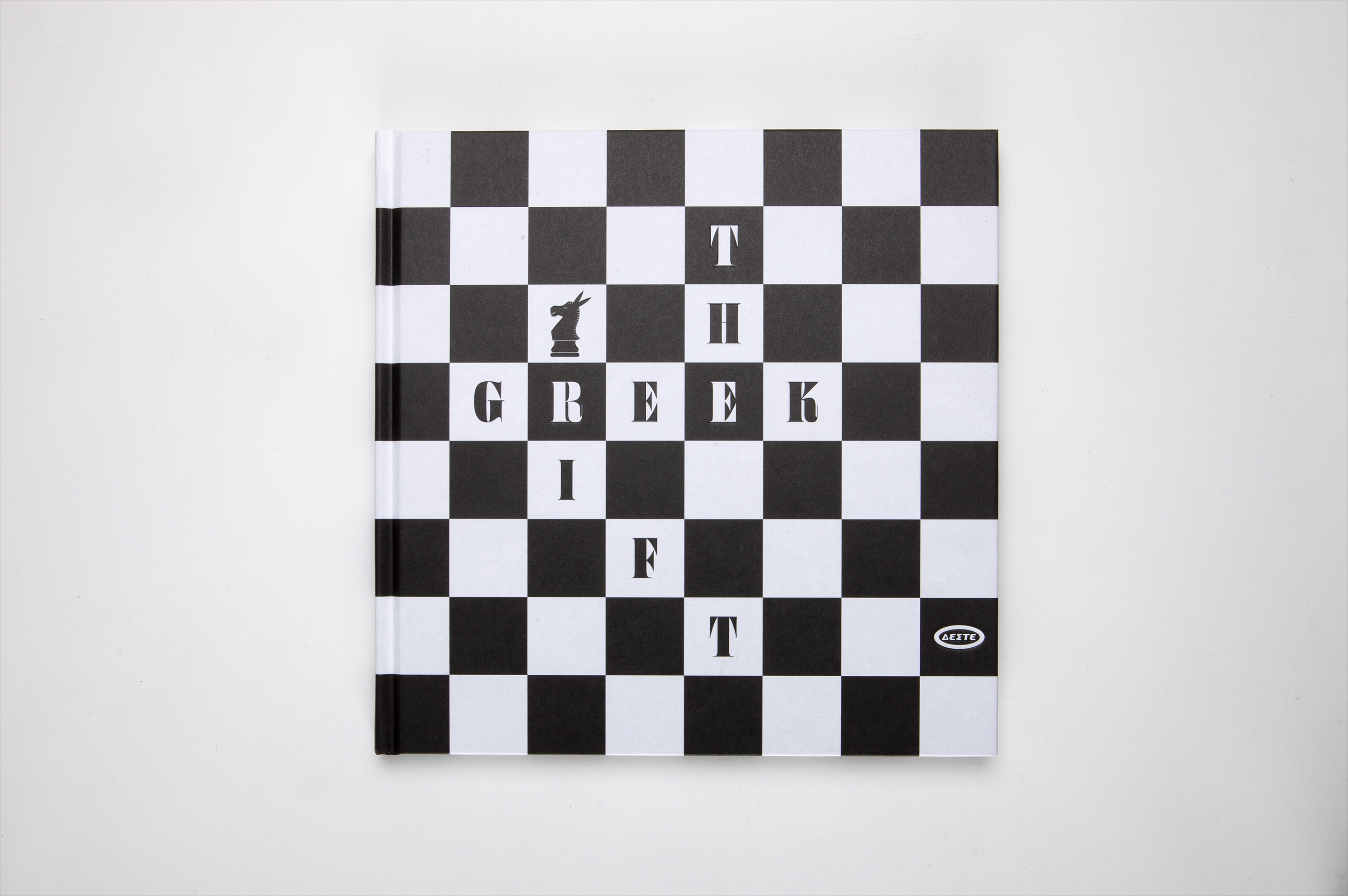


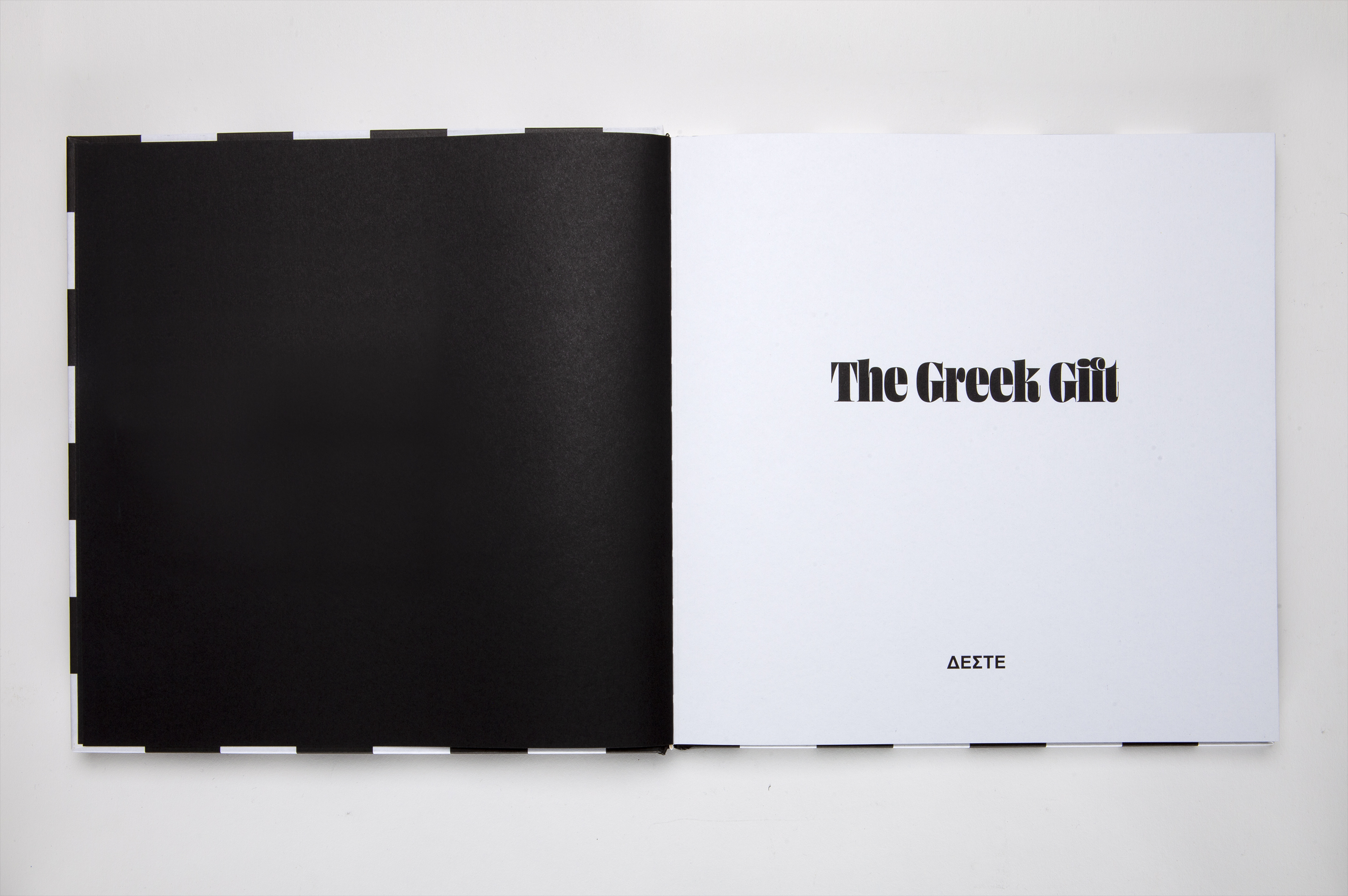
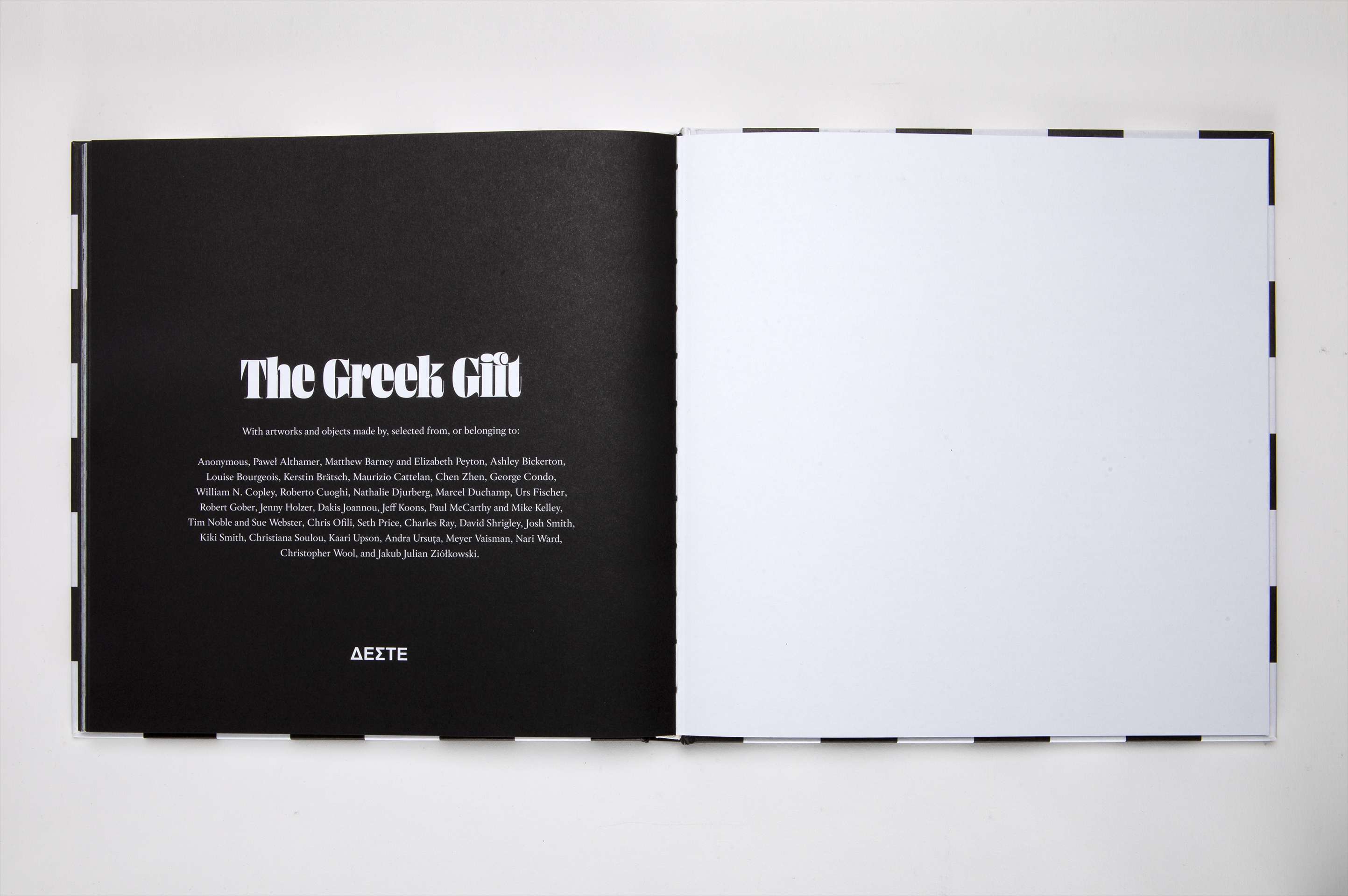
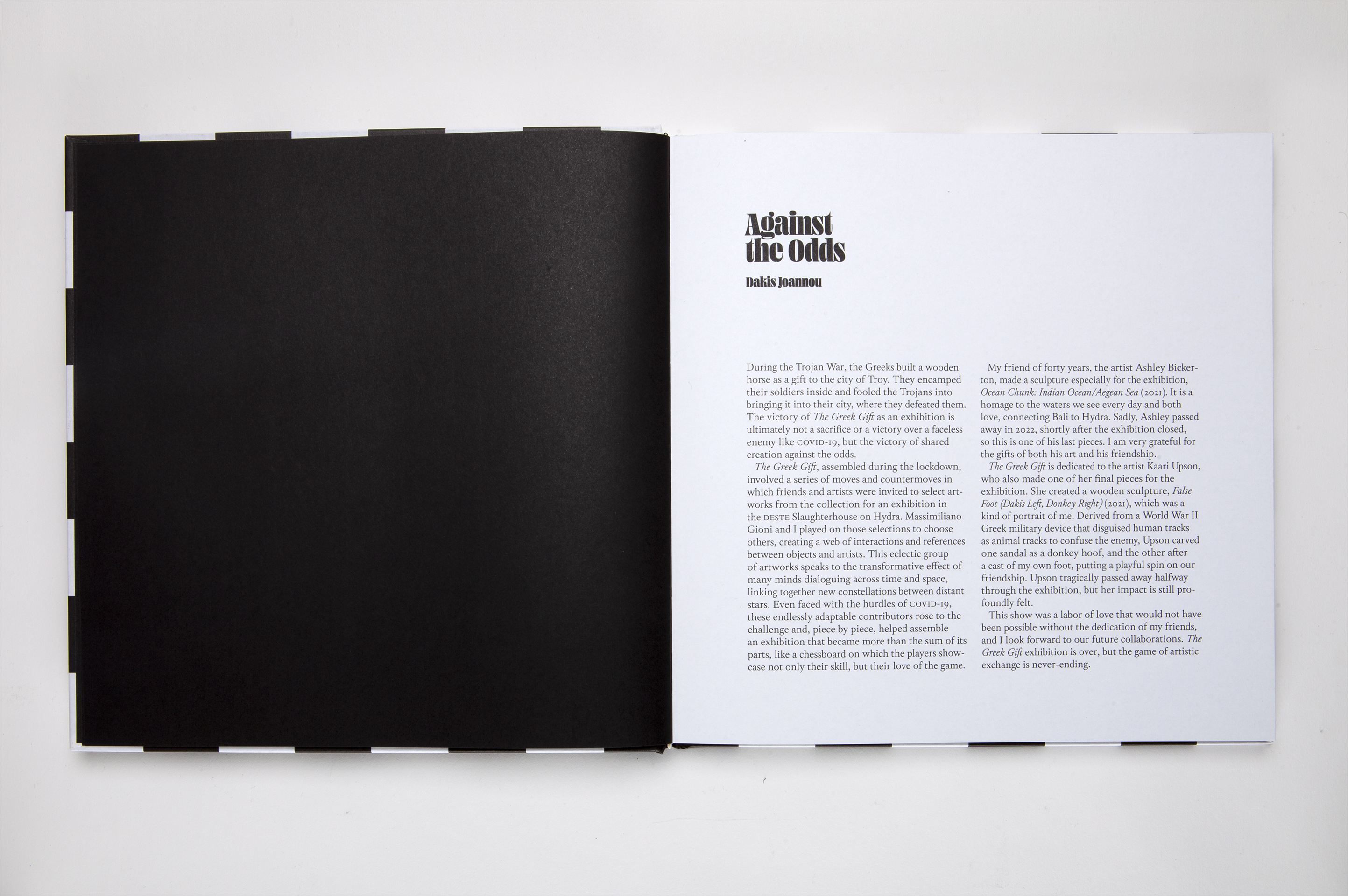


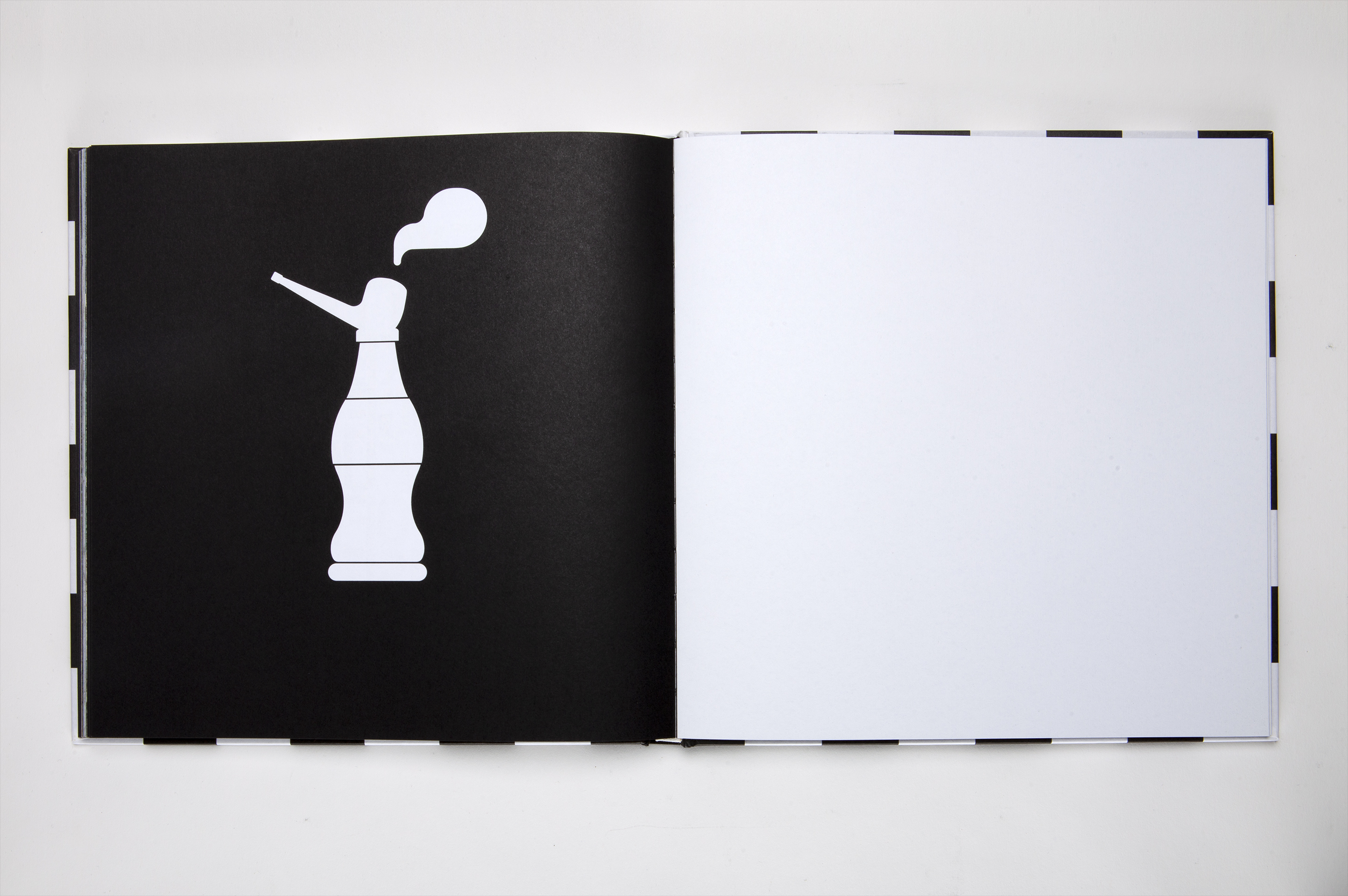






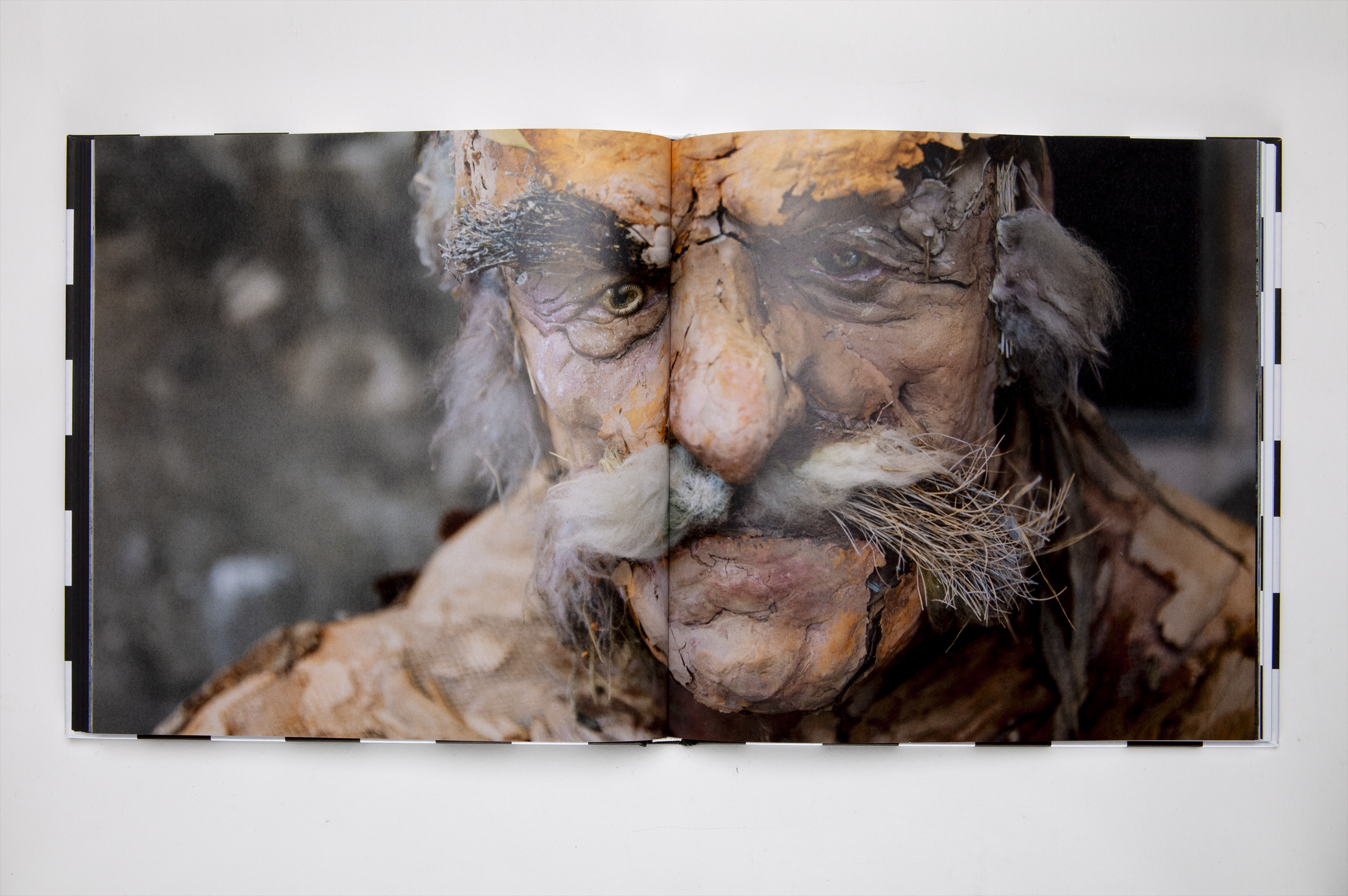
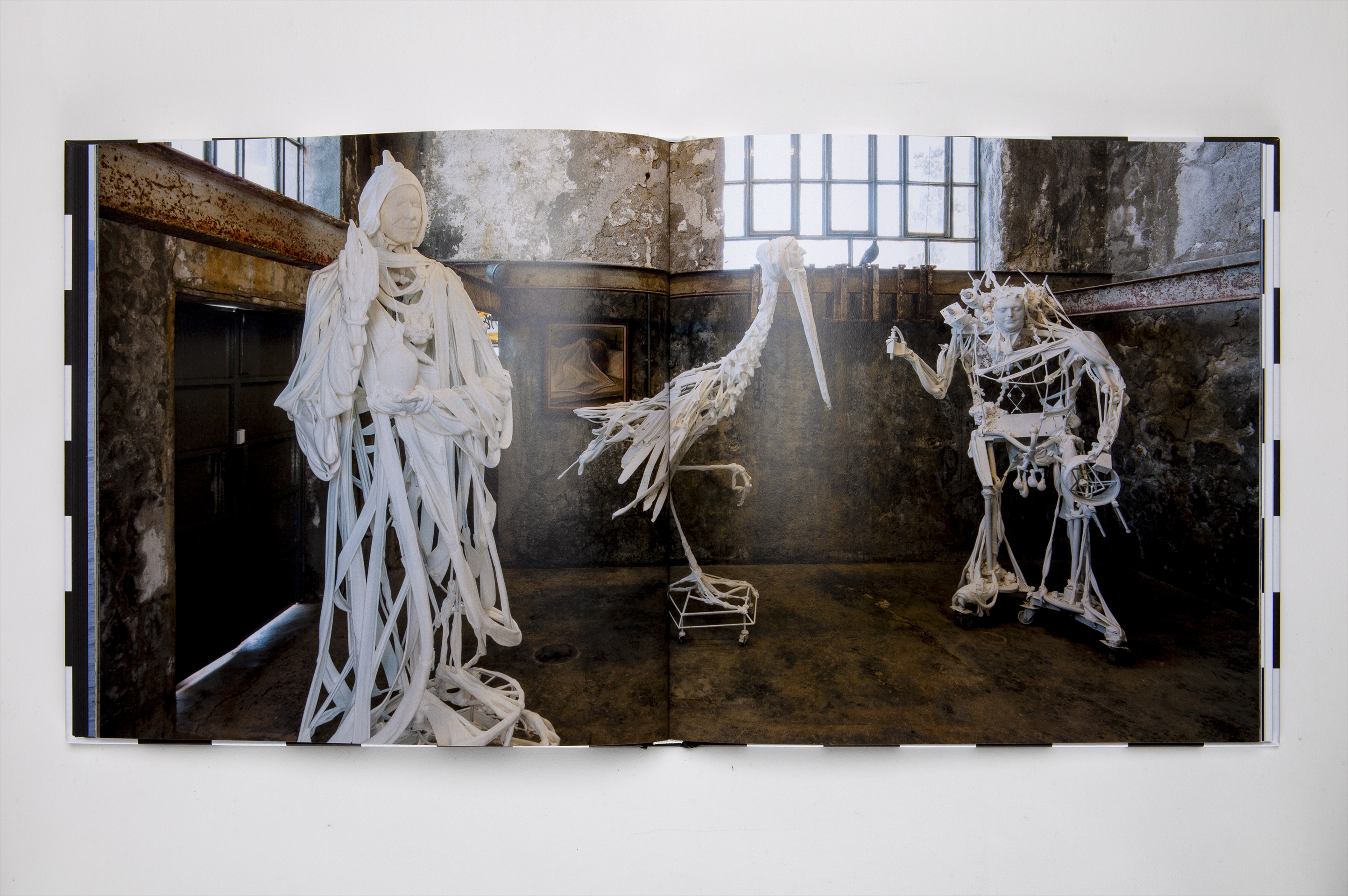
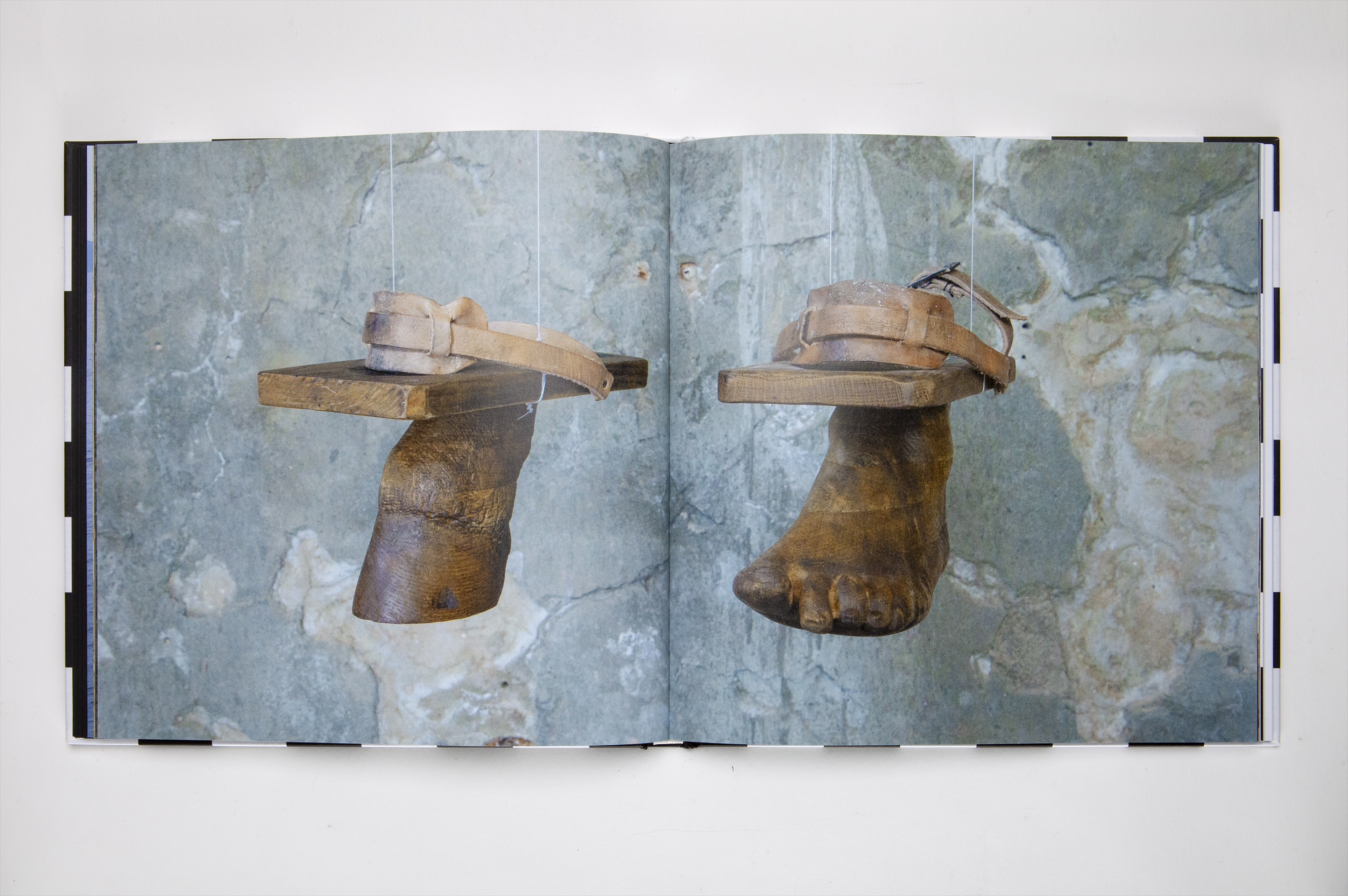
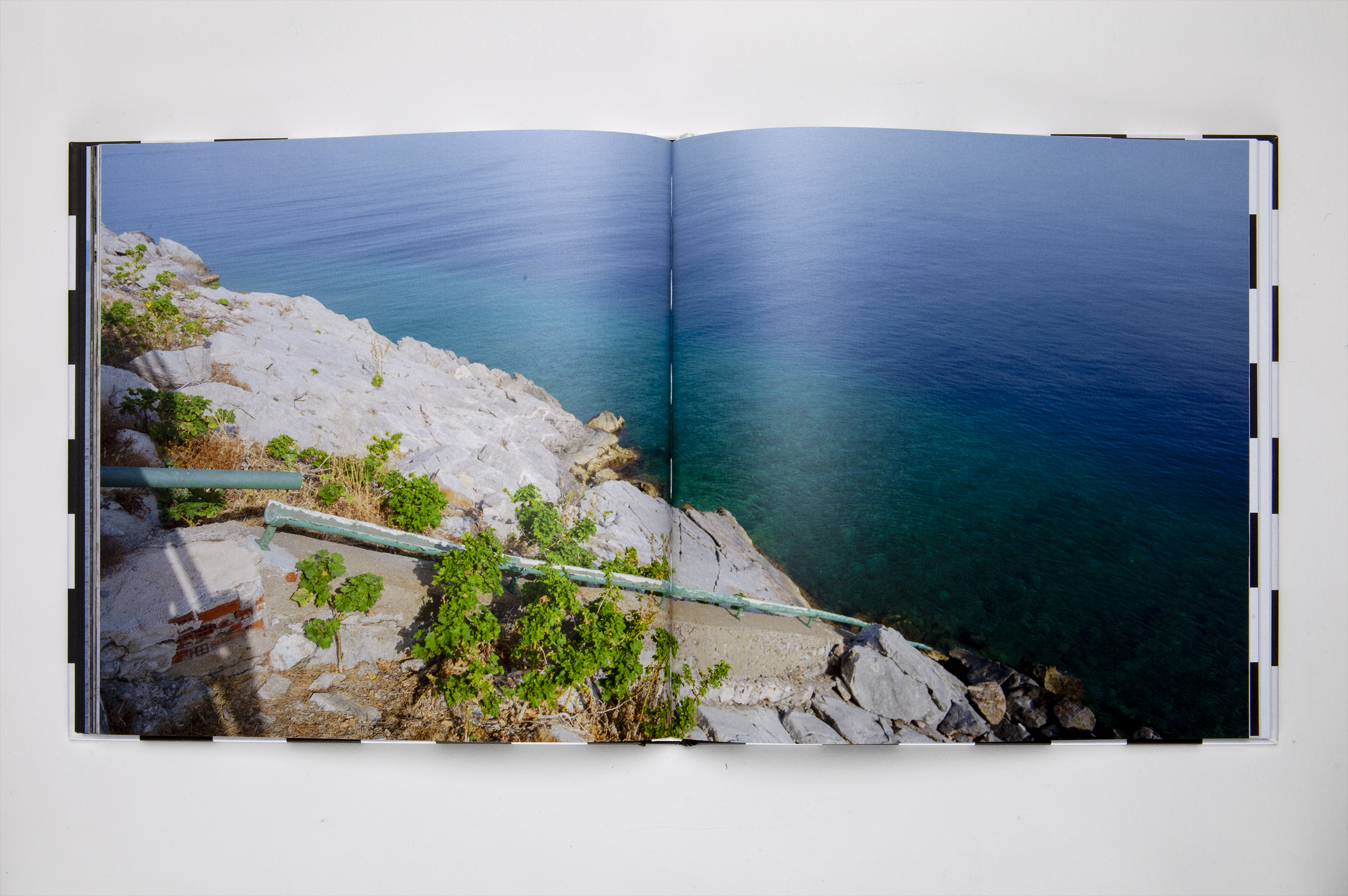


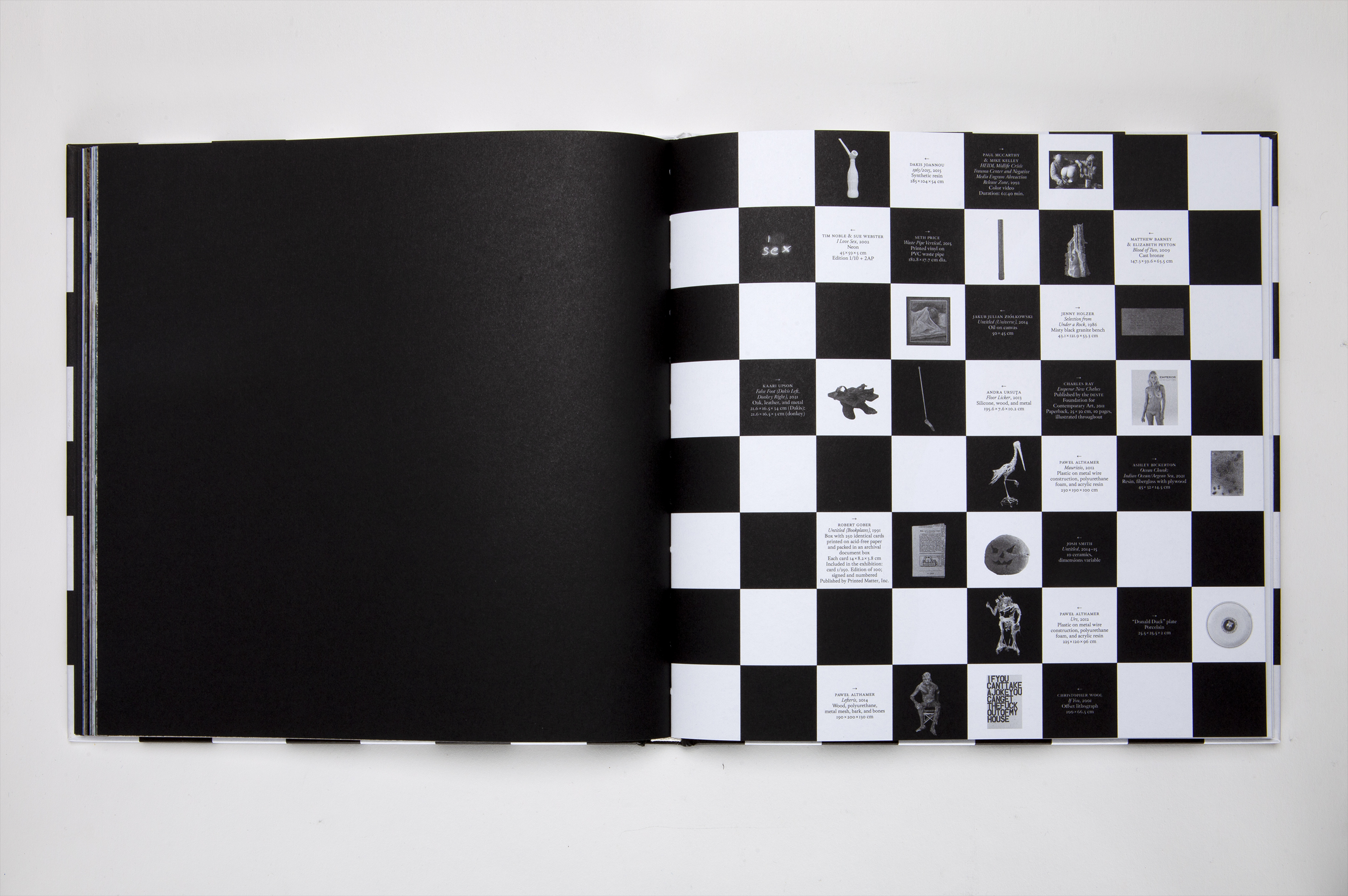

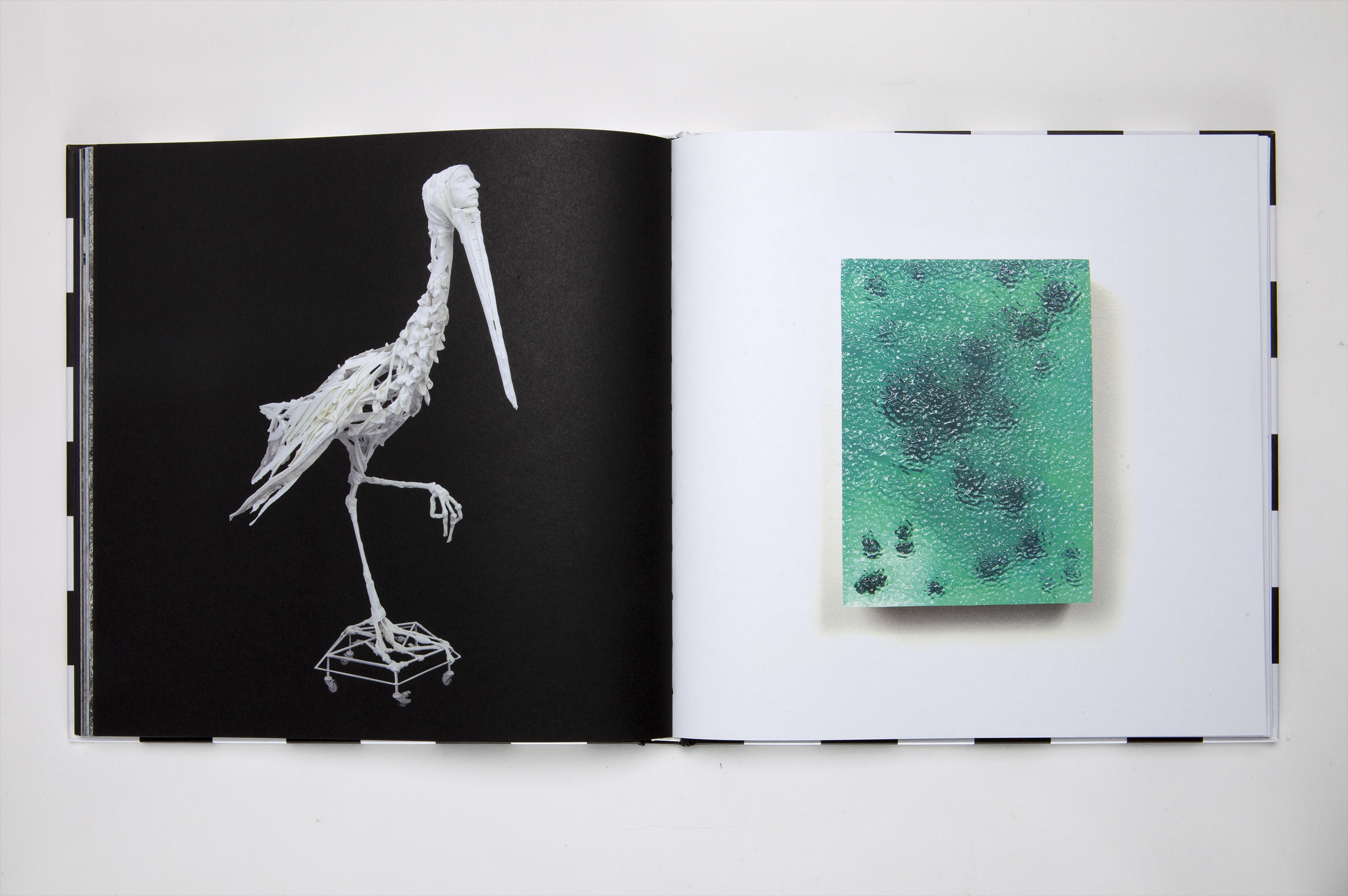
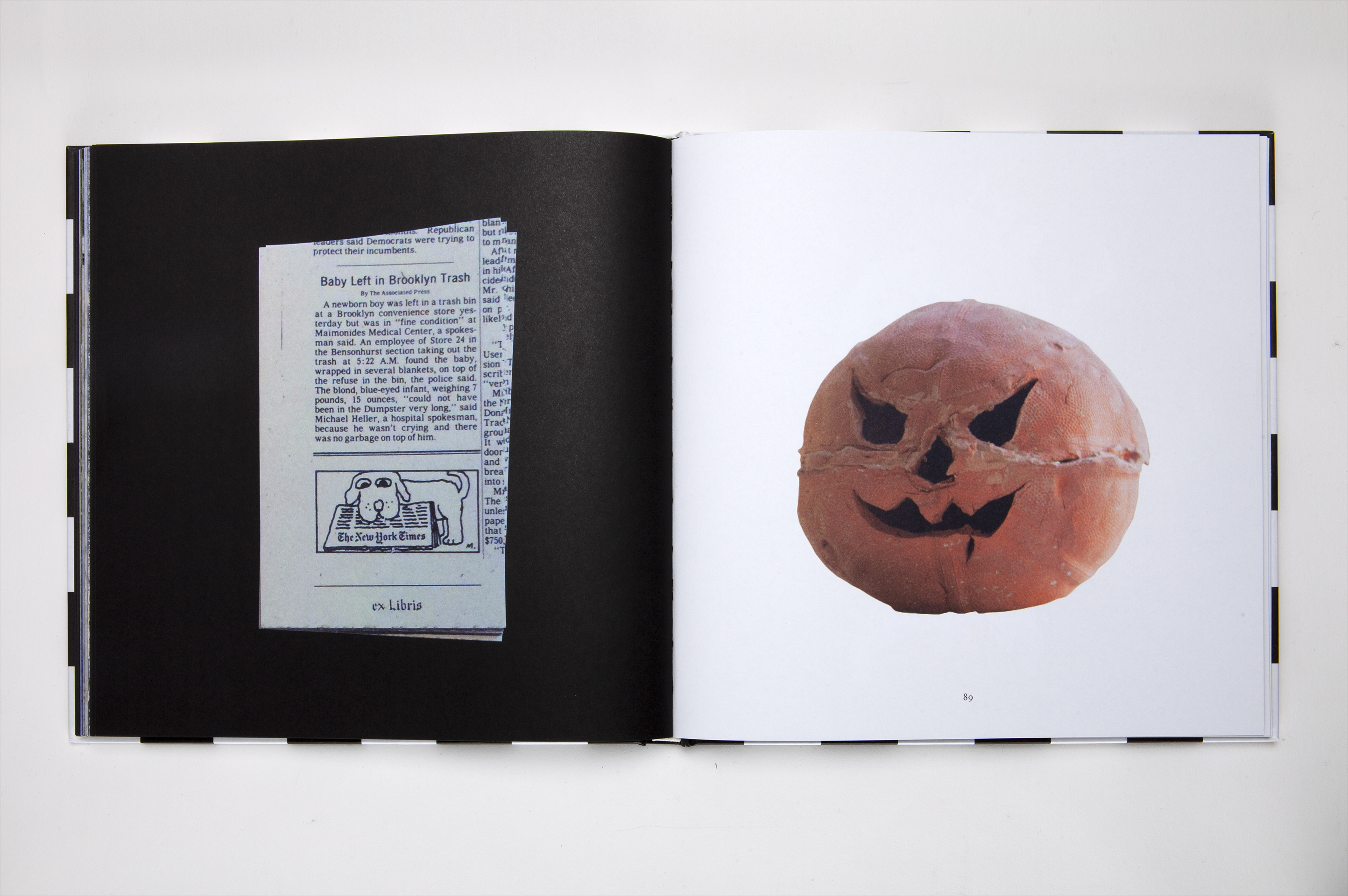
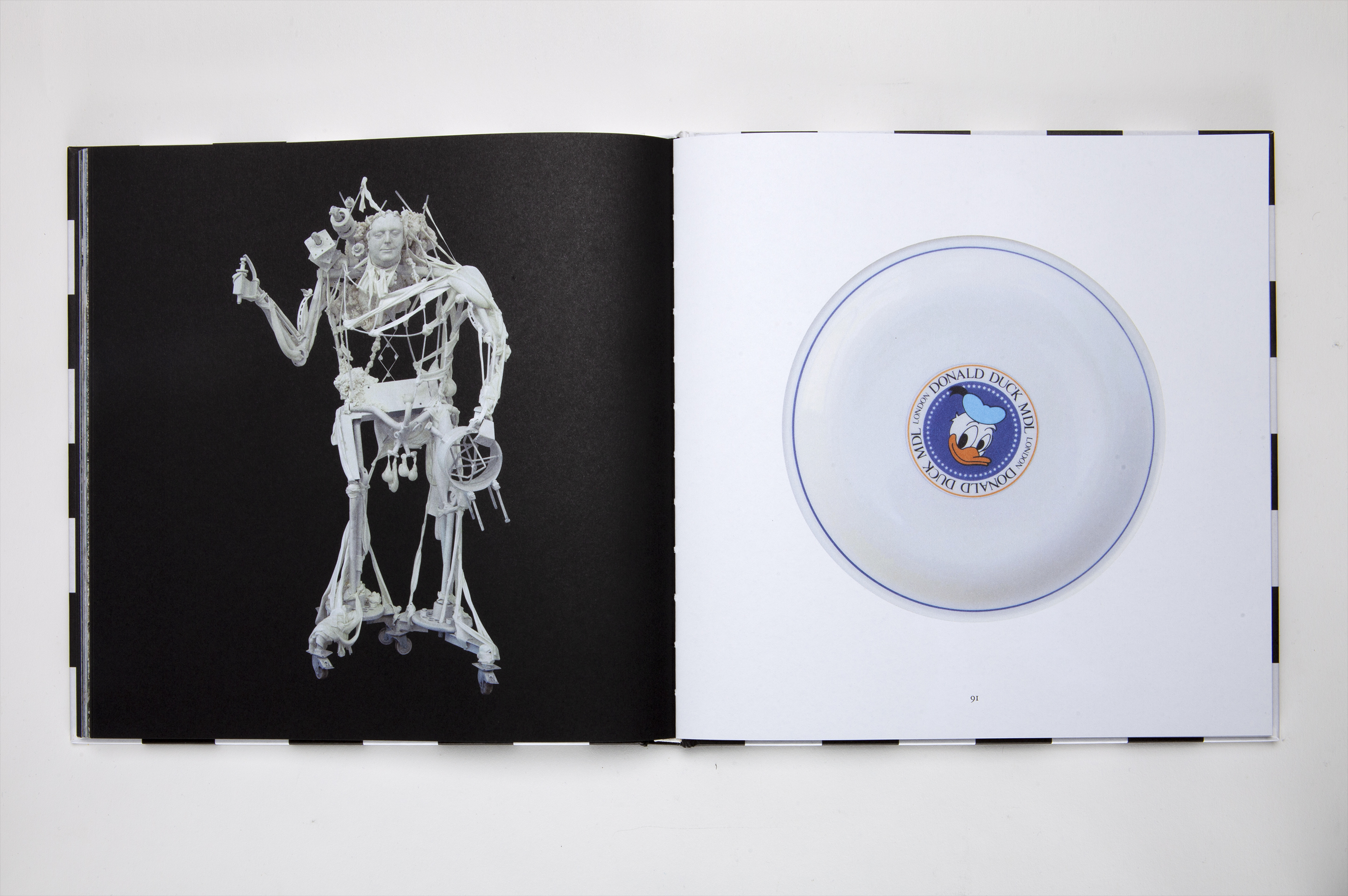

Due to COVID-19, a special project by Jeff Koons commissioned for the DESTE Foundation’s space in Hydra, Greece, had to be postponed. Instead, a group of artists and friends of Dakis Joannou and the Foundation have come together to organize a small group show.
Coordinated by Massimiliano Gioni, The Greek Gift brought together a series of new works, alongside found objects and impromptu responses from a variety of artists who have maintained decades-long relationships with Dakis Joannou and the DESTE Foundation.
The exhibition borrows its title from a chess move called the “Greek gift sacrifice”, for which a player sacrifices a bishop in order to checkmate, in turn is believed to have been named after the mythical gift of the Trojan Horse from the Achaeans to the city of Troy.
As in a chess game, several artists have been invited to “make a move” by selecting artworks and objects from the collection; in response, Joannou and Gioni countered by choosing other pieces, and by doing so setting in motion a series of chain reactions between artworks—a domino effect of intense proximities.
The book’s square format pages alternates between black and a white, showcasing the proposed back-and-forth conversation. The middle section displays the works in the exhibition setting at the DESTE old slaughterhouse in Hydra.
Artists include Marcel Duchamp, Pawel Althamer, Matthew Barney, Elizabeth Peyton, Maurizio Cattelan, Jeff Koons, David Shrigley, Urs Fischer, Kiki Smith, and Jenny Holzer.
Coordinated by Massimiliano Gioni, The Greek Gift brought together a series of new works, alongside found objects and impromptu responses from a variety of artists who have maintained decades-long relationships with Dakis Joannou and the DESTE Foundation.
The exhibition borrows its title from a chess move called the “Greek gift sacrifice”, for which a player sacrifices a bishop in order to checkmate, in turn is believed to have been named after the mythical gift of the Trojan Horse from the Achaeans to the city of Troy.
As in a chess game, several artists have been invited to “make a move” by selecting artworks and objects from the collection; in response, Joannou and Gioni countered by choosing other pieces, and by doing so setting in motion a series of chain reactions between artworks—a domino effect of intense proximities.
The book’s square format pages alternates between black and a white, showcasing the proposed back-and-forth conversation. The middle section displays the works in the exhibition setting at the DESTE old slaughterhouse in Hydra.
Artists include Marcel Duchamp, Pawel Althamer, Matthew Barney, Elizabeth Peyton, Maurizio Cattelan, Jeff Koons, David Shrigley, Urs Fischer, Kiki Smith, and Jenny Holzer.
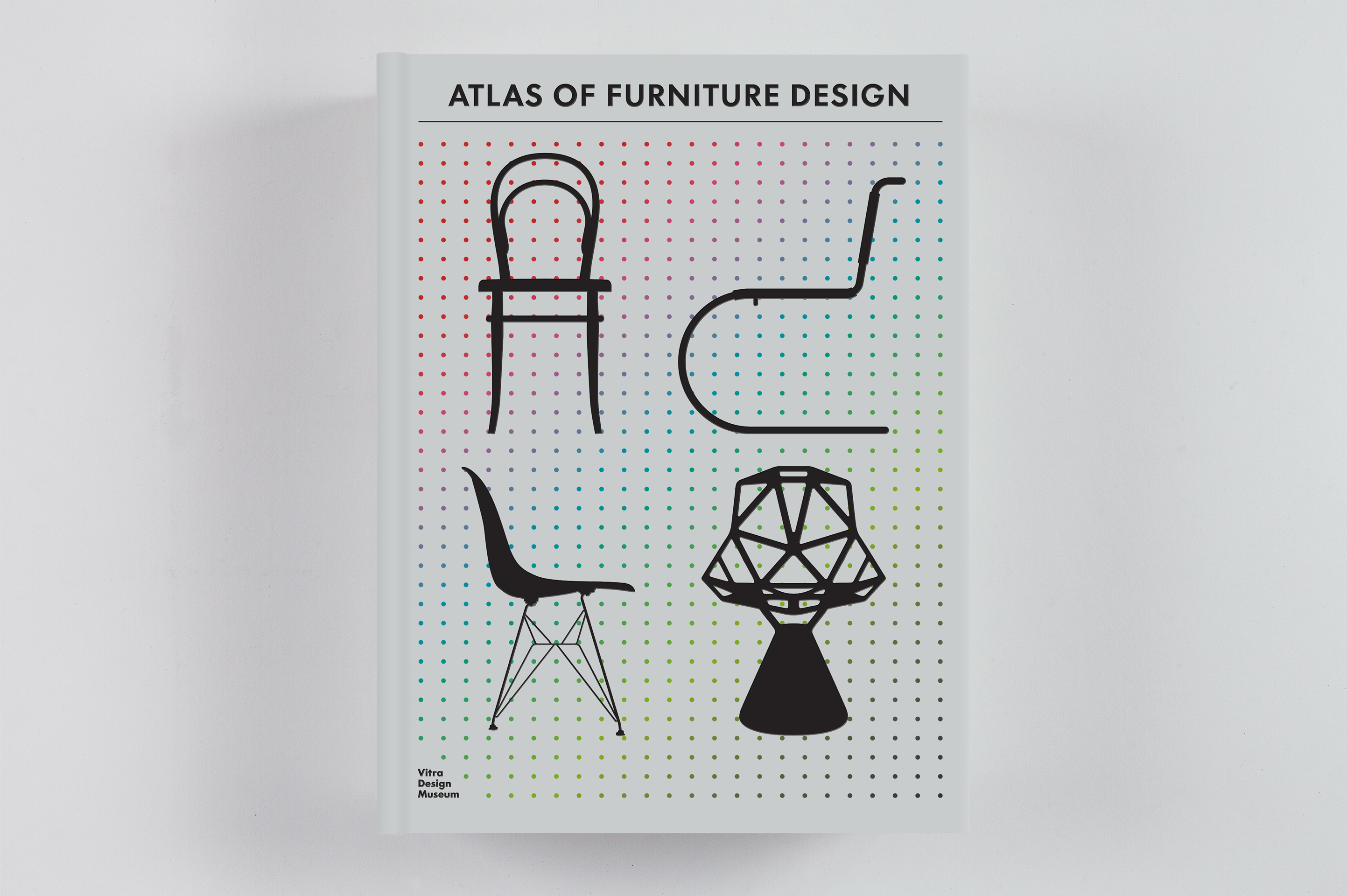
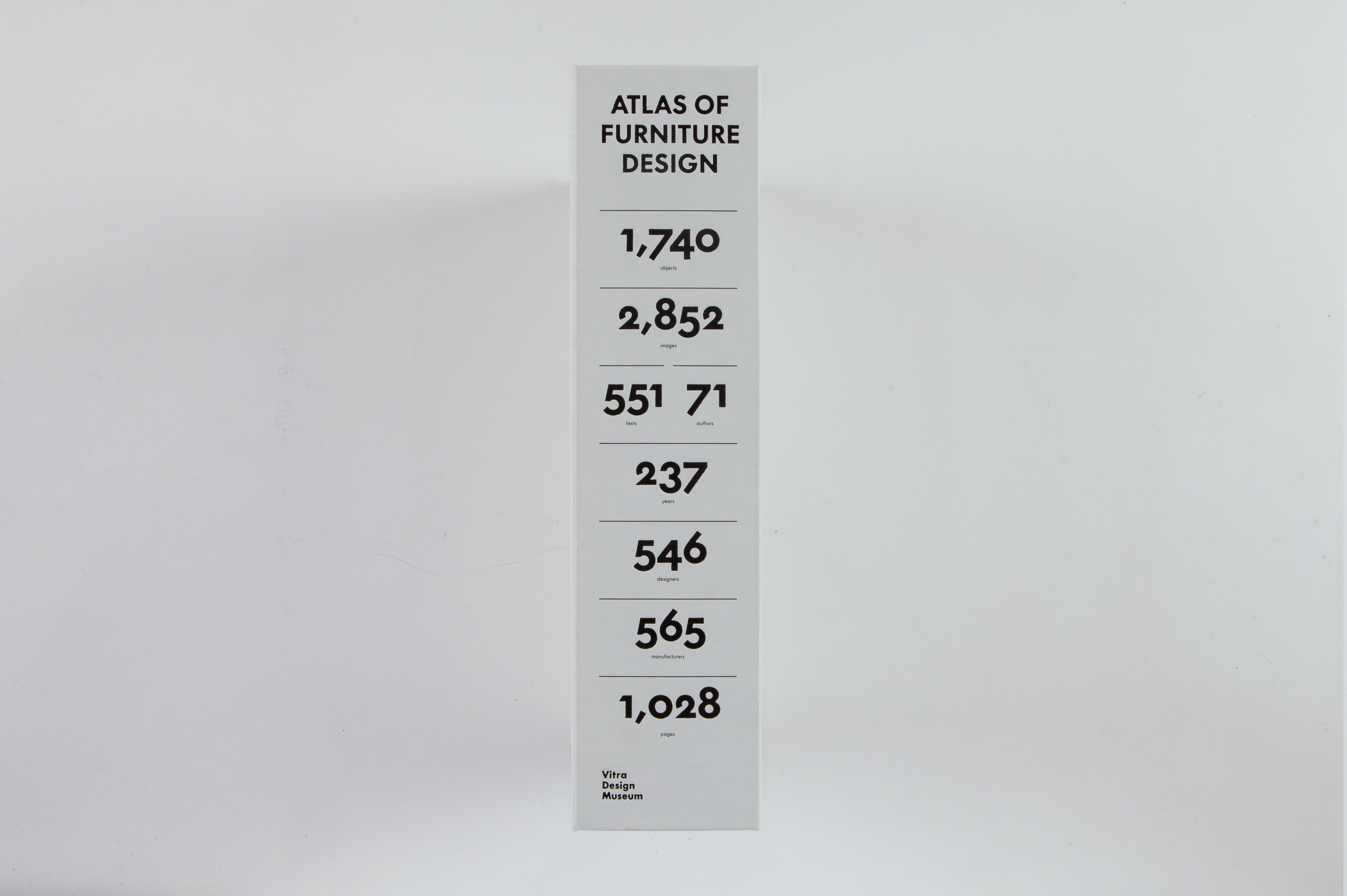

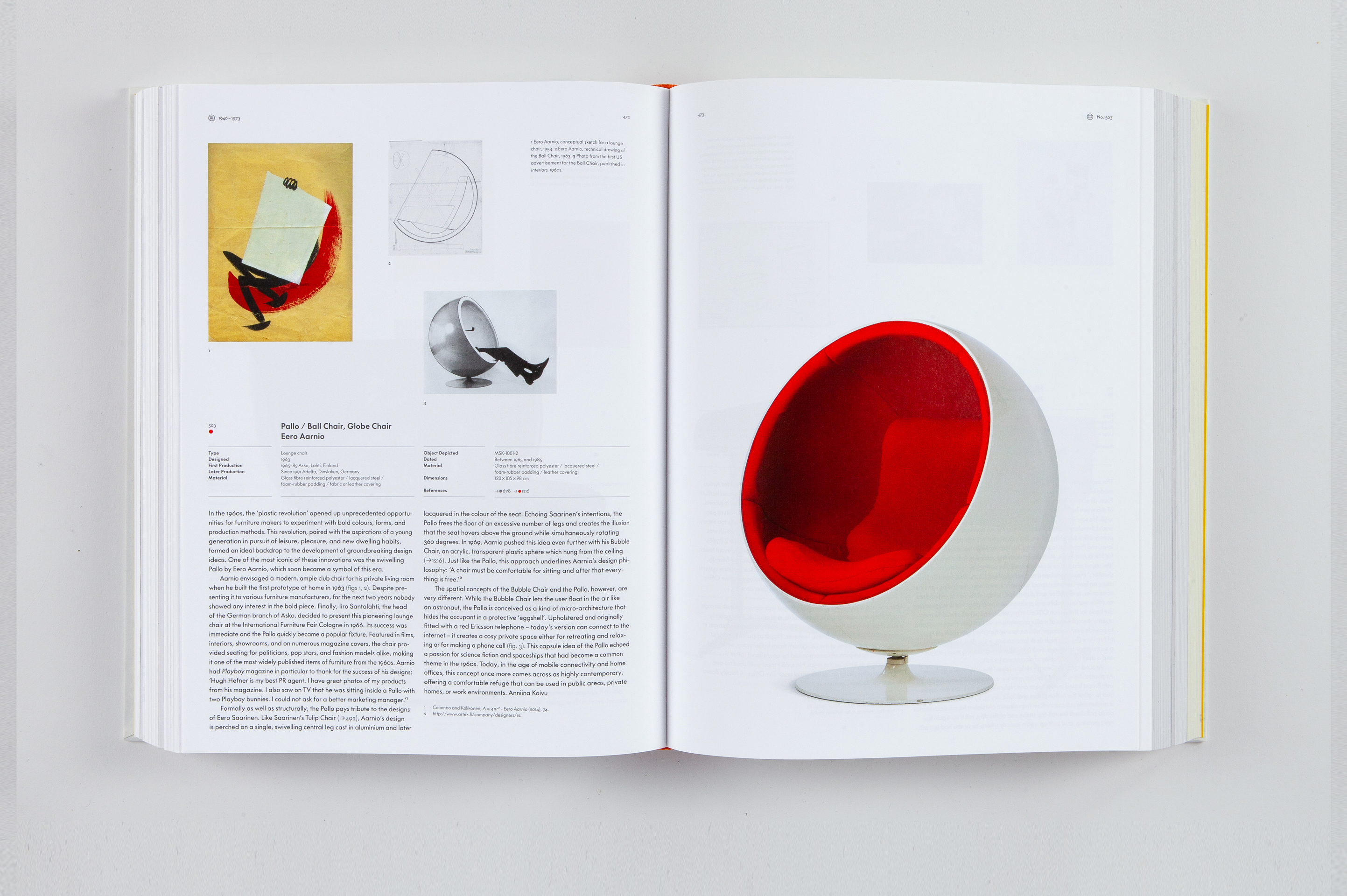


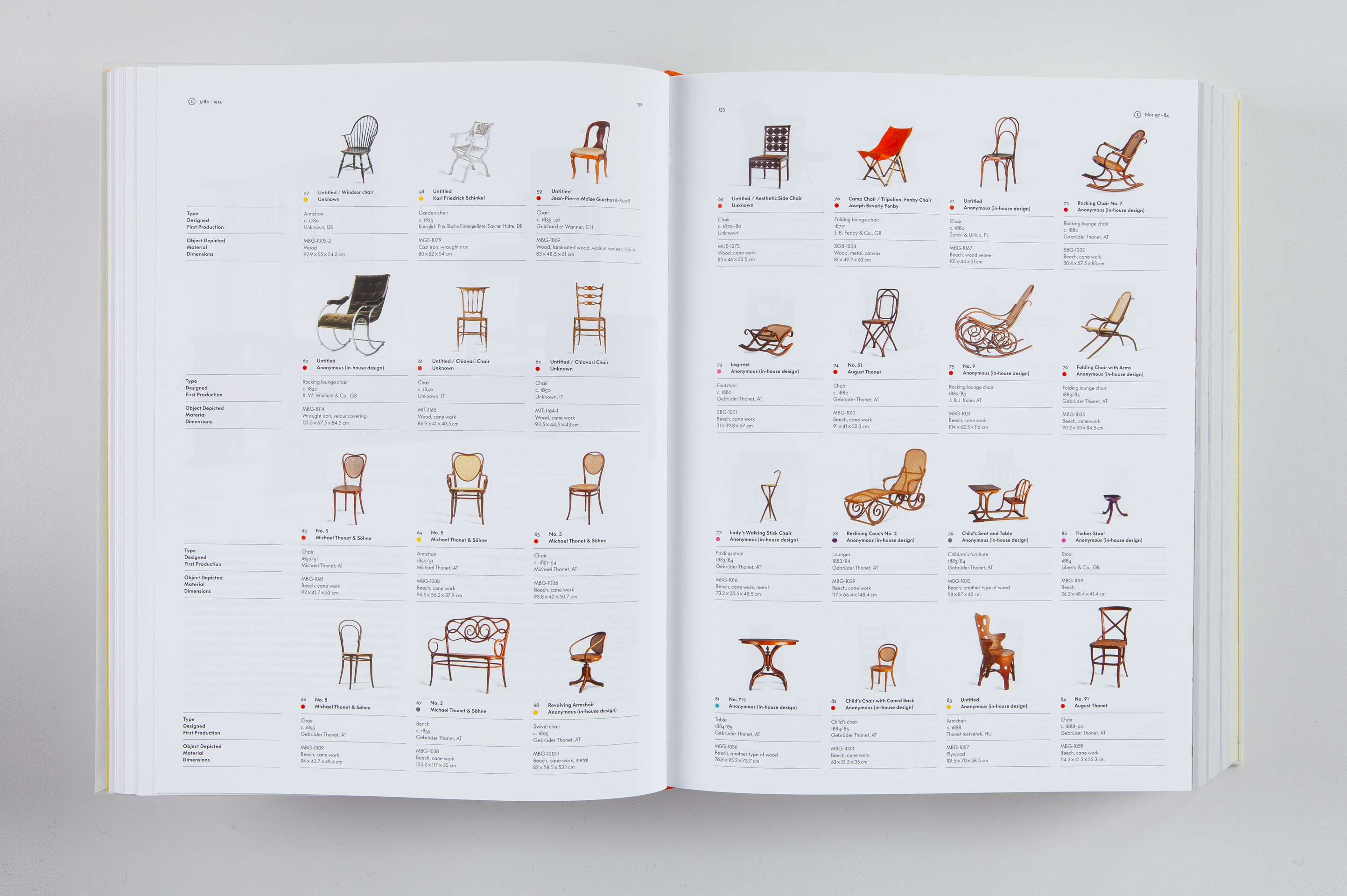

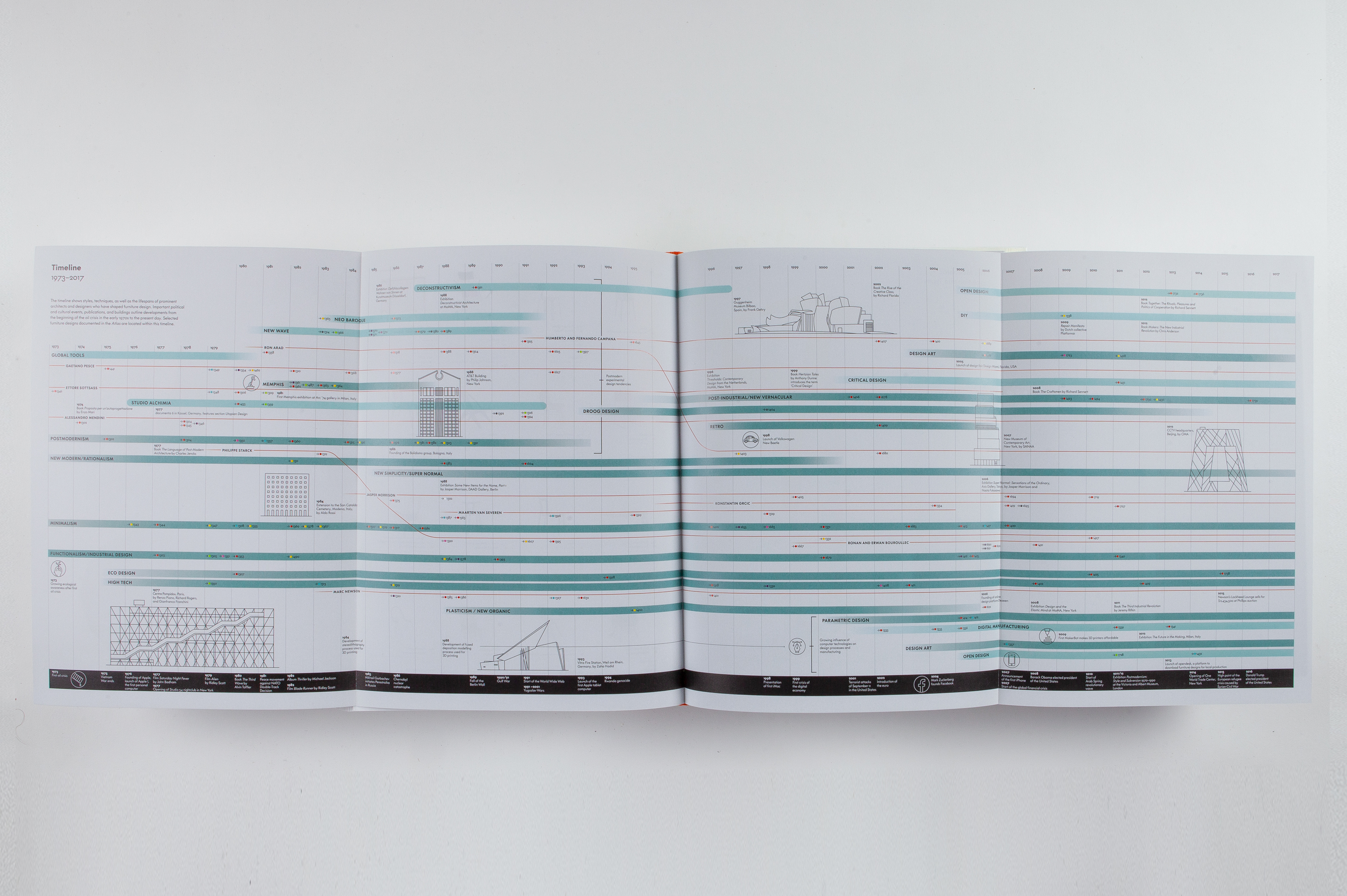
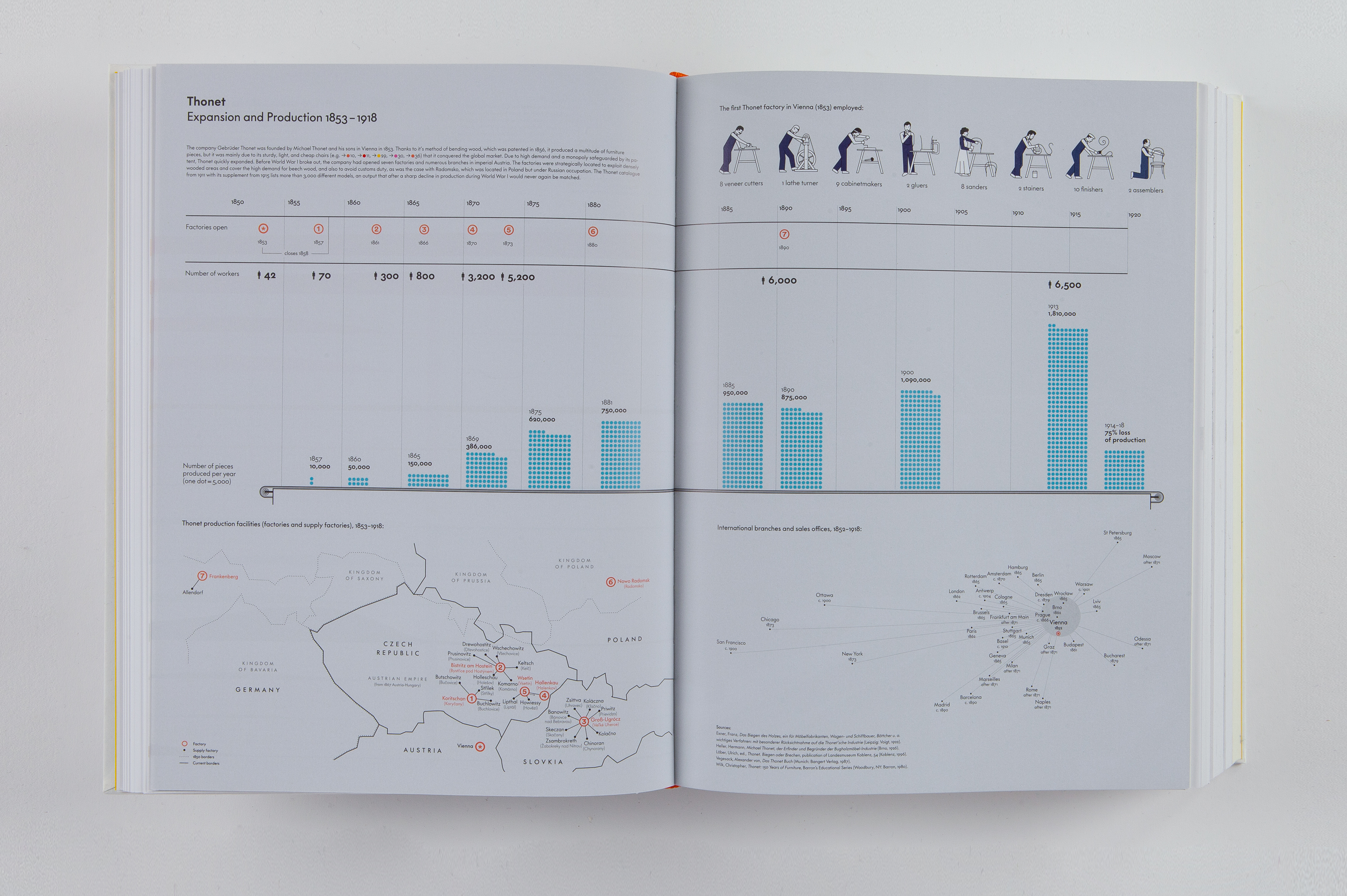


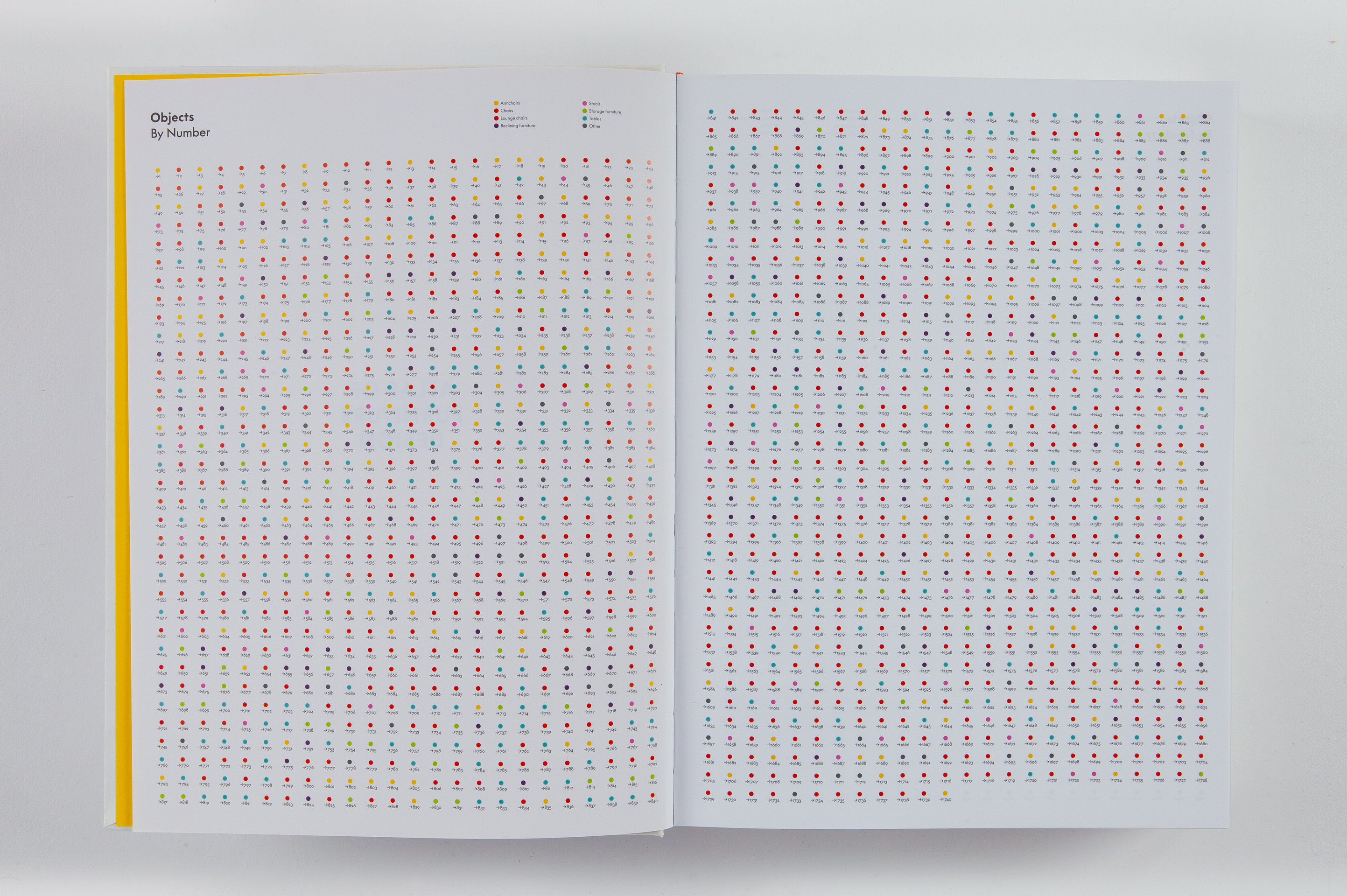



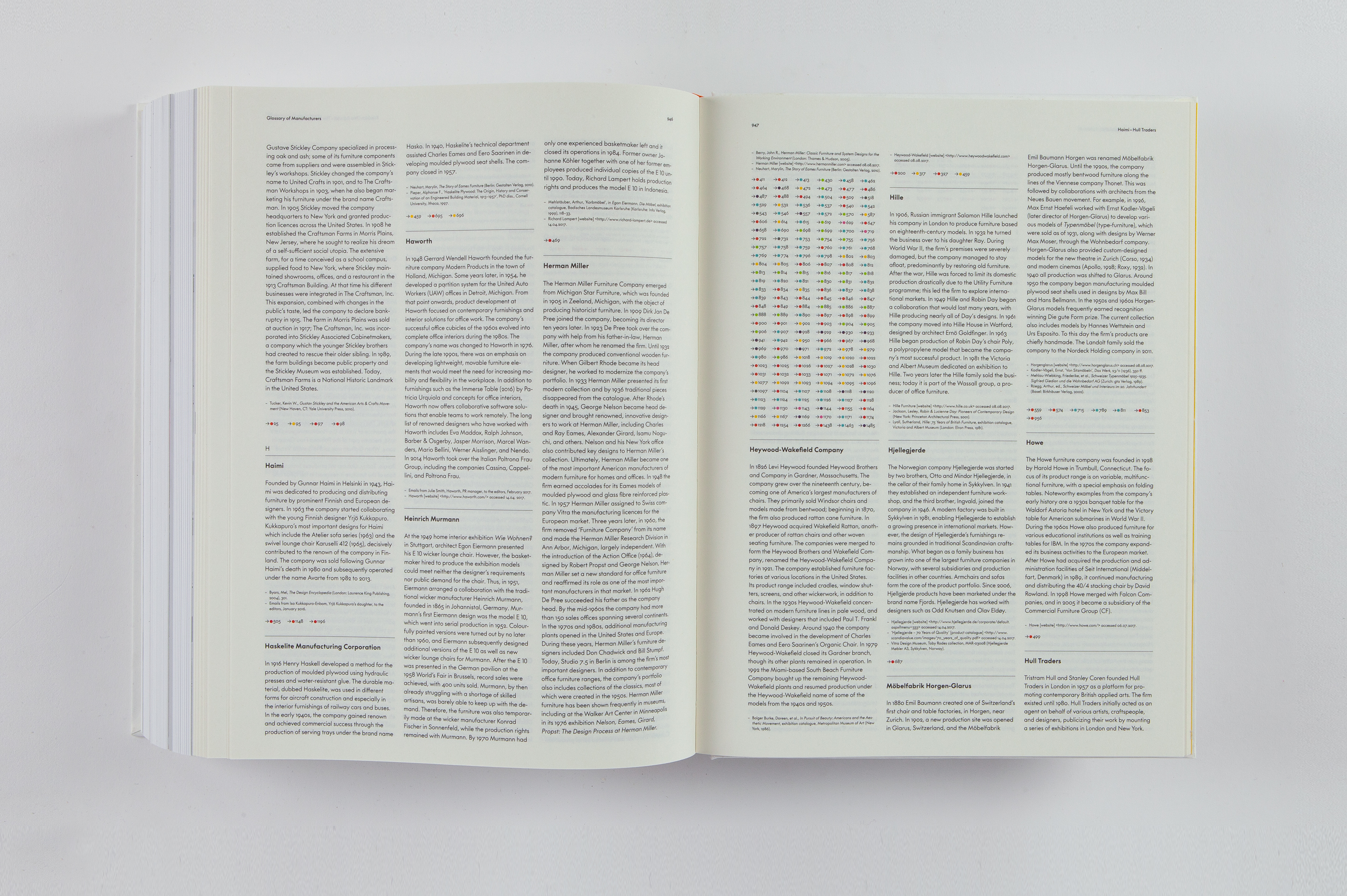
Published by the Vitra Design Museum, the Atlas of Furniture Design is an in-depth history of modern furniture design from the late 18th century until today, featuring 1,740 objects, spanning over 1,028 pages, and covering four epochs in modern furniture design history, starting in 1780 until the present day.
The museum's immense furniture collection is the foundation for this book, which took over 20 years to research. This project required an intuitive way-finding system. The solution was a cross referencing system of color-coded dots and object numbers to allow the reader to easily navigate through the atlas. The colors represent the different typologies of furniture in the book.
The system appears in all sections of the books - in object texts, infographics, and a large range of endmatter materials and indexes.
Much of the high volume information in the book is presented by numerous infographics spreads, providing multiple overviews on political and cultural events, styles and movements, as well as techniques and materials that changed and influenced furniture design throughout history.
The museum's immense furniture collection is the foundation for this book, which took over 20 years to research. This project required an intuitive way-finding system. The solution was a cross referencing system of color-coded dots and object numbers to allow the reader to easily navigate through the atlas. The colors represent the different typologies of furniture in the book.
The system appears in all sections of the books - in object texts, infographics, and a large range of endmatter materials and indexes.
Much of the high volume information in the book is presented by numerous infographics spreads, providing multiple overviews on political and cultural events, styles and movements, as well as techniques and materials that changed and influenced furniture design throughout history.
